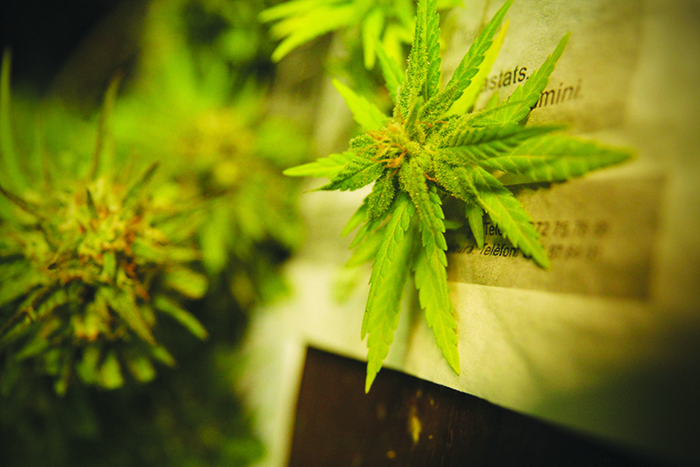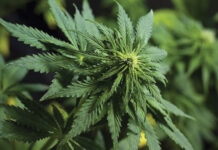The fear mongering around teen cannabis use is pure BS
In the years leading up to the first states legalizing cannabis in 2012, and in the years since, prohibitionists have warned that legalization would lead to a big rise in pot use among teens.
As it turns out, those warnings were more than overblown: They were, as so many pronouncements by prohibitionists are, complete bullshit. Starting a few years after Washington and Colorado legalized weed for adult use in 2012, study after study has concluded that pot use among teens has not risen appreciably anywhere, and in some cases has actually declined.
Just last week, the Centers for Disease Control and Prevention (CDC) issued a report indicating that, nationwide, cannabis use among teens is lower than it has been since 2011, and saw a big decline between 2019 and 2021, years during which a whole bunch of states legalized pot for adult use.
Some of that decline was no doubt due to the COVID-19 pandemic, at the height of which people were all largely confined to their homes, including teenagers who were unable to meet with their weed dealers under the bleachers or out behind the school library. But the extent to which social isolation was a factor is unknown. During the height of the lockdown period, legal weed sales in states that allow adult use generally increased. Of course, none of those sales were to underage people, at least not directly, but they did put a lot more weed into a lot more people’s homes.
The CDC’s Youth Risk Behavior Survey showed that in 2021, 16% of high school students reported that they had used cannabis in the preceding month. In 2021, that figure was 22%.
One of the prohibitionists’ main arguments against legalization, including during their fight against California’s Prop. 64, which legalized pot for adults beginning in 2017, was that it would “normalize” cannabis use. Advertisements for legal weed and the presence of dispensaries would poison the minds of kids, they claimed with little evidence and zero understanding of what motivates a teenager to smoke a J (usually, their friends).
That didn’t happen, and it was obvious from the get-go that it wouldn’t. In 2017, the state of Washington conducted a survey that showed use of cannabis among teenagers had remained flat over the three years that weed was being sold legally in the state. In fact, teen use in Washington had been gradually increasing in the years between 2006 and 2014, when legal sales began. It leveled off at right around the time the state went legal, and, depending on which study one examines, either held at around the same rate or actually declined.
In the years since, study after study after study has shown the same general trend: Legalization appears to have little if any effect on whether a kid will use pot.
Some studies have shown the opposite, as is always the case when it comes to research on social behavior (an effect that often reflects differences in methodologies). Those are the studies cherry-picked by prohibitionists as they ignore the main body of the science. When they show increases in use among young people, those increases are usually marginal, and not necessarily tied in any way to the legal status of weed.
One of the prohibitionists’ “what about the children?” warnings has proved to hold some water, however: huge increases in accidental ingestion of cannabis edibles by kids. The packaged edibles market exists thanks entirely to legalization, and many of the packages are appealing to children: They are often colorful, and they sometimes mimic real candy brands.
It’s not surprising that more kids are accidentally getting themselves wasted, but the numbers are alarming: In 2017, there were 207 incidents of accidental ingestion of cannabis by children reported to the National Poison Data System. By 2021, that number had reached 3,054 cases, an increase of nearly 1,400%. In about a quarter of those cases, the kid went to the hospital. The incidence of accidental ingestion grows the younger the kids are, with those under five seeing the most cases.
Of course, this doesn’t mean, as the prohibitionists would have it, that pot should be illegal. It means that parents need to be way more careful and, perhaps, that weed companies need to be more responsible with their packaging.








